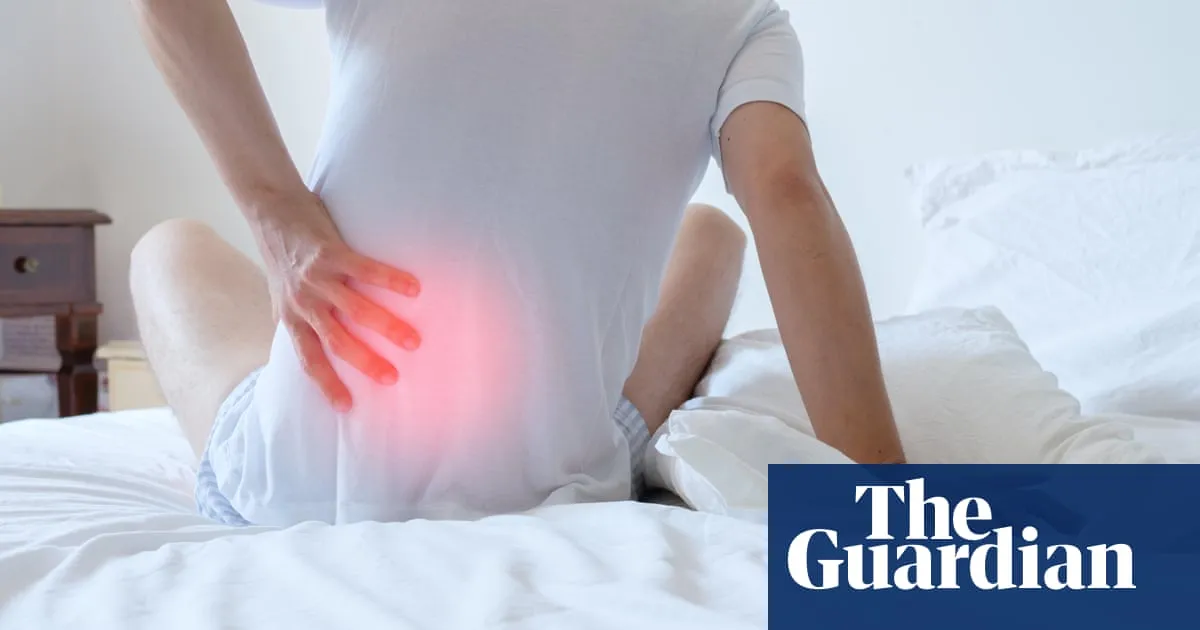
Lower back pain is a common condition that affects millions of individuals worldwide. In fact, statistics indicate that 60% of UK adults will experience lower back pain at some point in their lives. While the discomfort can be temporary or chronic, knowing how to alleviate the symptoms can often be challenging. A recent global review published in BMJ Evidence-Based Medicine has highlighted a lack of effectiveness in most available treatments. However, medical authorities like the National Institute for Health and Care Excellence (NICE) and the NHS endorse several treatment options that have been proven to relieve pain.
One of the primary recommendations from NICE and NHS England is to incorporate exercise into your routine. Exercise in various forms—such as stretching, strengthening, aerobic workouts, and yoga—serves as a crucial first step in managing lower back pain. The global review also identifies exercise as one of the five effective methods for addressing chronic lower back pain. According to the Chartered Society of Physiotherapists, “Exercise has been shown to be the most helpful treatment for back pain.” Although hands-on treatments can provide a minor benefit, they should only be employed as part of a comprehensive treatment plan that includes exercise. Both NICE and the NHS emphasize the importance of continuing normal activities as much as possible to promote recovery.
Medication can be beneficial for some individuals dealing with lower back pain, but it’s essential to select the appropriate type. Historically, paracetamol was the go-to recommendation for back pain, but recent guidelines suggest using non-steroidal anti-inflammatory drugs (NSAIDs), such as ibuprofen and aspirin, instead. NHS England advises, “Take anti-inflammatory medicine like ibuprofen.” While paracetamol may still be used in conjunction with other painkillers, it is no longer recommended as a standalone treatment for back pain. Interestingly, the recent global study found that NSAIDs are one of the few treatments that effectively tackle acute lower back pain. NICE also indicates that weak opioids, such as codeine, may be appropriate for acute cases when NSAIDs are ineffective or not suitable.
Physiotherapy is another cornerstone of lower back pain management. Many family doctors refer patients to a physiotherapist for an assessment and tailored exercise regimen. Prof. Kamila Hawthorne, chair of the Royal College of General Practitioners, notes that some patients with chronic pain may instead work with a link worker who recommends non-medical interventions. The global review revealed that many patients report experiencing relief from both medical and non-medical interventions. However, NICE cautions that “massage and manipulation by a therapist should only be used alongside exercise” due to insufficient evidence of their effectiveness when used in isolation.
In addition to physical treatments, NICE advocates for a combination of psychological therapies, such as cognitive behavioral therapy (CBT), particularly for individuals who have not seen improvement through other methods or face significant psychological and social barriers to recovery. Integrating psychological support can be vital for overall treatment success.
Another effective way to manage lower back pain is through the application of heat and cold. NHS England recommends using an ice pack or a bag of frozen peas wrapped in a tea towel to alleviate pain and swelling. Similarly, a heat pack or hot-water bottle can help relieve joint stiffness or muscle spasms. These simple home remedies can provide immediate relief and are often recommended as part of a broader pain management strategy.
Living with lower back pain can be challenging, but understanding the available treatment options can make a significant difference. By incorporating exercise, exploring appropriate medications, considering physiotherapy, seeking psychological support, and utilizing heat and cold therapy, individuals can take proactive steps toward managing their pain effectively. Always consult with a healthcare professional before starting any new treatment regimen to ensure it is appropriate for your specific needs.